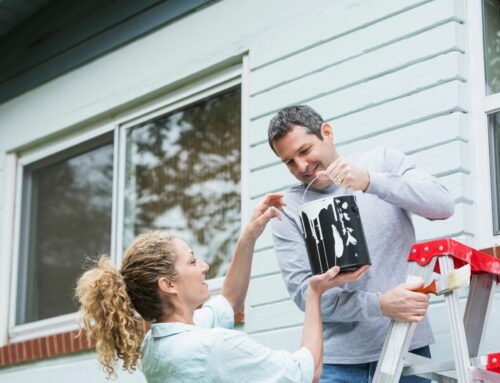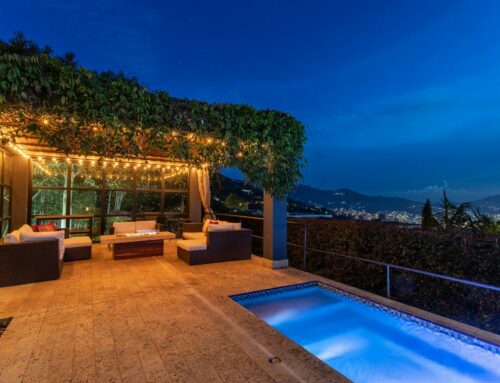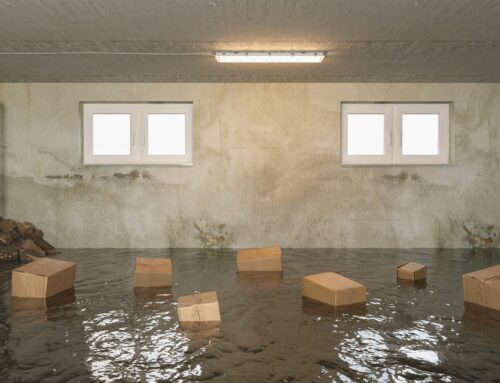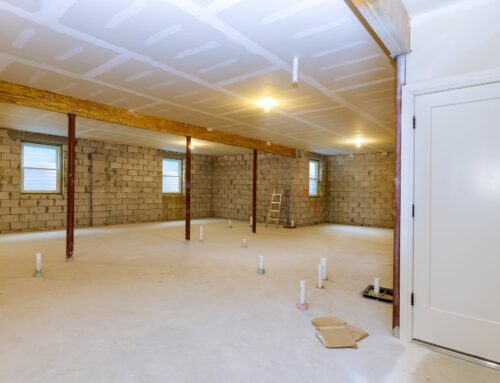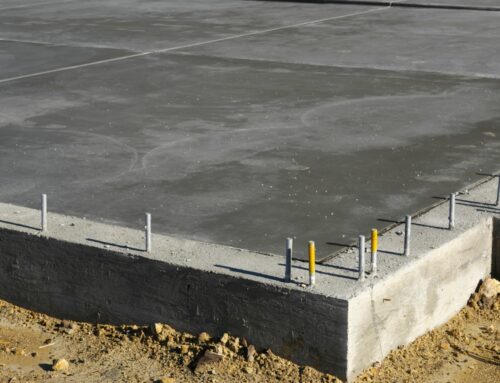When you’re thinking about painting your fresh stucco, you may wonder how long you should wait before you can safely apply paint. Although the surface’s dry time is an essential factor to consider, you’ll also want to consider the stucco’s pH level, as painting it too soon will result in color burnout. Because of this, there isn’t a hard and fast rule about the amount of time stucco requires to cure for it to be paint-ready. You’ll also have to consider other factors like rainfall, humidity, or how you apply the paint.
Rainfall or manual hydration can help lower the stucco’s pH level and accelerate the curing process, which is why the most crucial dynamic is the degree of the stucco’s curing and its pH level instead of the time elapsed. Here’s what you need to know about priming stucco before painting it:
The pH Level of Stucco
Stucco is hydrophobic, which means water is a critical catalyst in the chemical reaction that cures the material and makes it ready to be painted on. This quality is also why it is best to moist-cure it over several days since it maintains the cement’s moisture at a stable level, keeping it hydrated or cured.
Freshly applied stucco typically has a high pH, making it highly alkaline. It can have alkalinity as high as 13, with 14 being the highest on the pH scale. However, as it cures, the pH level drops. To continue this reaction and stimulate complete curing, it requires water. Most manufacturers caution against painting stucco unless the pH level has dipped to 10 or below. When adequately hydrated, stucco will reach a pH level of 8 or 9. If you apply paint to stucco with too-high pH levels, the color will take on a dull sheen or a mottled shade, resulting in paint deterioration, also known as “burning.”
Hydrating and Priming Stucco
There isn’t a rule of thumb when determining how long you should wait for a fresh stucco wall to cure for the pH level to drop to the desired figure. However, you can speed up the process by applying hydration in the right way.
Stucco hydration is affected by various factors like temperature, wind, humidity, and direct sunlight. To hydrate a stucco wall properly, spray water evenly over the entire surface until the water starts to run off. Let the wall absorb the water, then repeat the process. The surface may need to be soaked several times a day for many days. How much you need to wet the stucco wall depends on exposure conditions, such as the wind, humidity, temperature, and wall orientation. You can use a pH pencil to determine the pH level of the stucco, along with some distilled water.
You’ll also want to prime stucco before painting it as it prevents the stucco from absorbing moisture from the coating and discoloring it, helping your paint retain its shade and color. It’s best to use an alkali-resistant primer, allowing your coating to achieve better coverage and improved performance.
Conclusion
Painting stucco isn’t as easy as waiting for the surface to dry and applying paint onto it. You’ll have to make sure it reaches the desired pH level first and use a good quality alkali-resistant primer before you start reaching for your paintbrush. By following our guide, you’ll prevent discoloration and “burning” of your paint and enjoy a beautifully painted exterior plaster and stucco wall.
One Stop Plastering offers the best in residential and commercial concrete & plaster walls in the Bay Area. We provide various services to help you maintain your home, such as Venetian plastering, window replacement and patching, waterproofing & leak detection & repair, scaffolding installation, and many more. Contact us today to find out more about what we can do for you!


